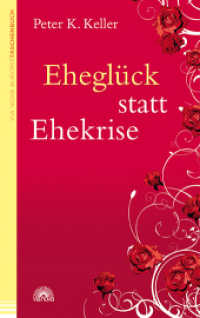Full Description
This study examines the life and work of Louis-Ferdinand Hérold (1791-1833), famous for the operas Marie (1826), Zampa (1831) and Le Pré aux clercs (1832), as well as for the ballets La Somnambule (1827) and La Fille mal gardée (1828). In these works, Hérold contributed to the flowering of the Romantic opéra-comique and the early Romantic ballet in Paris from the late 1820s. Hérold increased the importance of the orchestra and sought for greater depth of Romantic feeling without forfeiting a Gallic lightness of manner. Le Pré aux clercs became one of the most performed of all French operas. The composer's biography and artistic achievements are considered. These are examined with contributions from the vibrant musical criticism of the contemporary Parisian press and the iconography associated with him.








